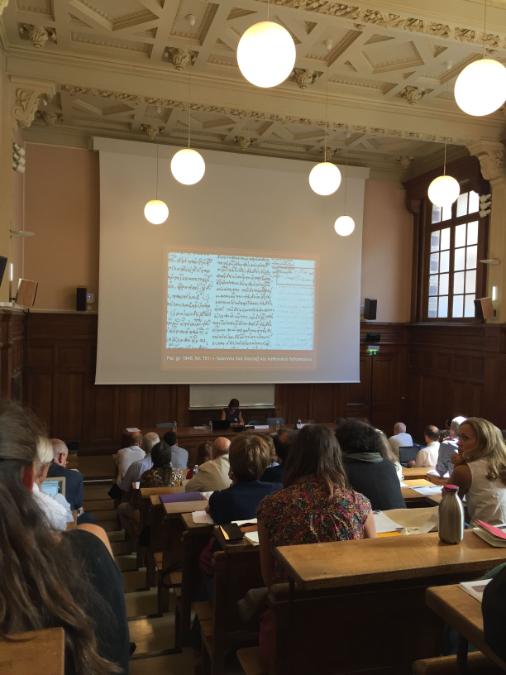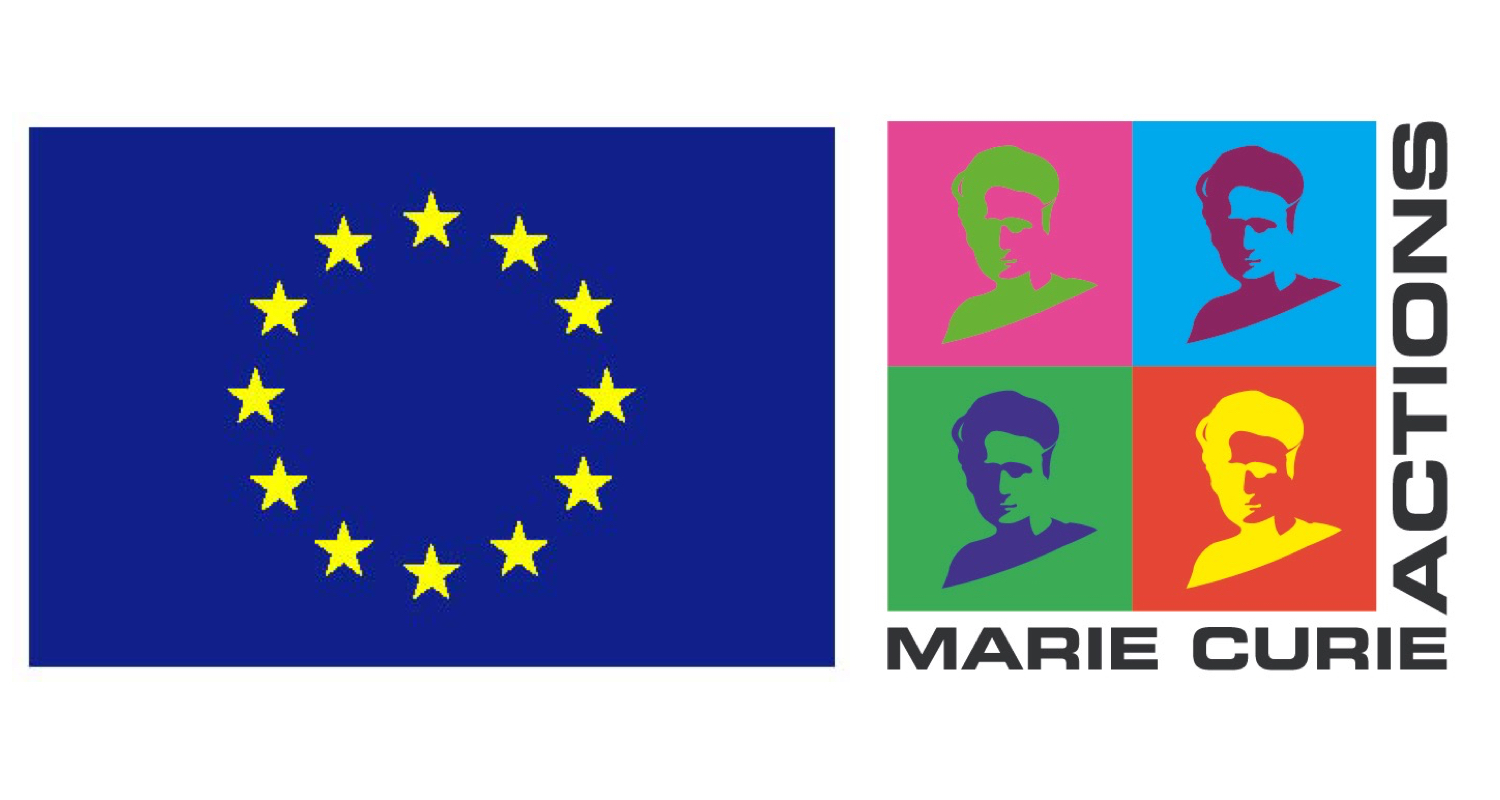News & Events
9th International Symposium of Greek Paleography
-300x222.jpg)
During 10–15 September 2018, I took part in the 9th International Symposium of Greek Paleography Le livre manuscrit grec: écritures, matériaux, histoire held in Paris and presented a paper on "Novel insights on the marginal notes and ‘editorial’ practices of Philotheos Kokkinos."
Abstract
Building on the pioneering work of Fonkič, Mondrain and Bianconi, this paper brings to light new paleographical evidence to bear on Philotheos Kokkinos’ writing habits, based on a novel identification of his hand in marginal notes in the tenth-eleventh century manuscript Monac. gr. 466. Moreover, it traces Kokkinos’ active involvement in the process of copying, reviewing, and publishing his own works, based on a thorough palaeographical investigation of fourteenth-century codices carrying his writings.
Kokkinos’ ‘library’ most likely included manuscripts carrying patristic florilegia and works of the Church fathers, as evidenced by his autograph annotations in such codices. One of these manuscripts seems to have been the Monac. gr. 466, which gathers works of Basil of Caesarea and Gregory of Nyssa. Interestingly, Kokkinos perused Nyssa’s Logos on the Dead and made ‘editorial’ interventions, adding, for instance, the missing end lines and crossing out an extensive section of the Logos. Additionally, he explains the theological grounds for his intervention in a marginal note. Interestingly, Kokkinos’ exegesis and censorship of Nyssa’s Logos was subsequently amended (most likely after his demise) by another man of letters, perhaps an ecclesiastic. This paper contextualizes and analyses Kokkinos’ ‘editorial’ interventions in Monac. gr. 466.
Secondly, based on an analysis of manuscripts carrying his works, especially Marc. gr. 582 and Paris. gr. 421, this paper highlights Kokkinos’ active involvement in the process of transmitting his writings. His numerous autograph interventions, especially throughout Marc. gr. 582, suggest that he collaborated closely with an "équipe" of scribes, including the well-known Malachias (alias anonymus Aristotelicus), in order to prepare the ‘edition’ of his works. I argue that the two manuscripts were part of Kokkinos’ ‘editorial’ project of collecting and publishing his writings.

Last modified: Wed, 05 Feb 2020 16:10:06 GMT



